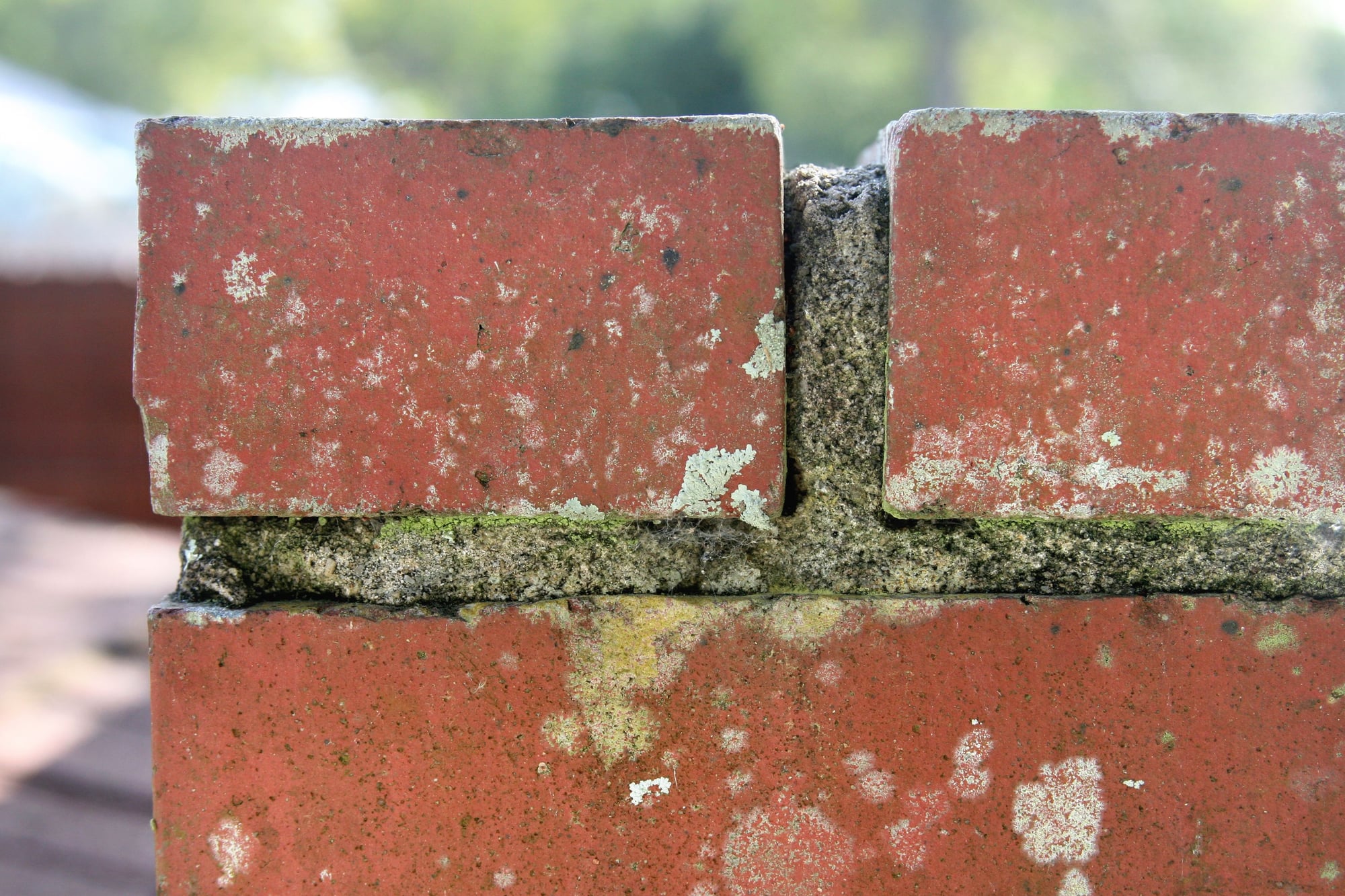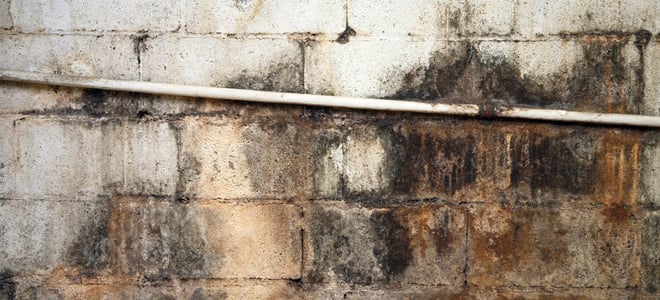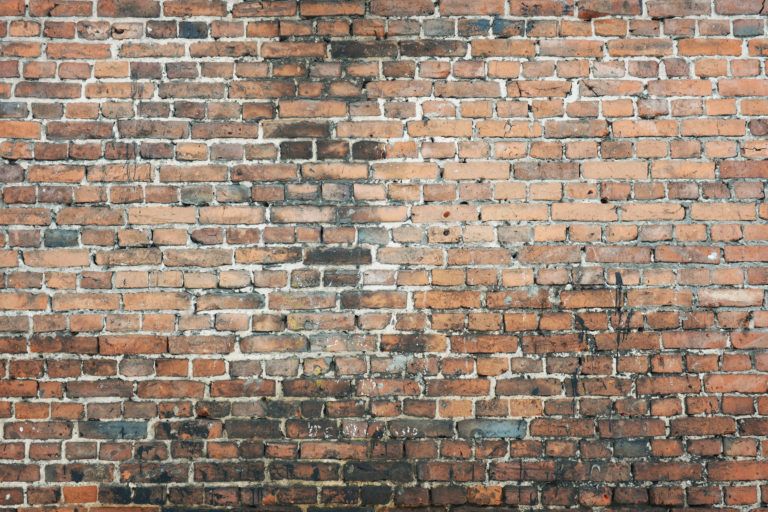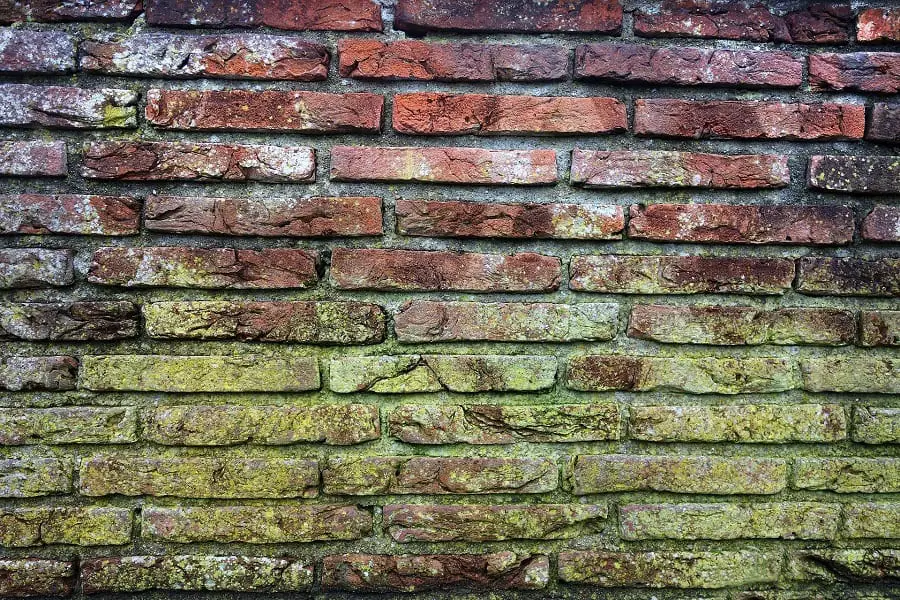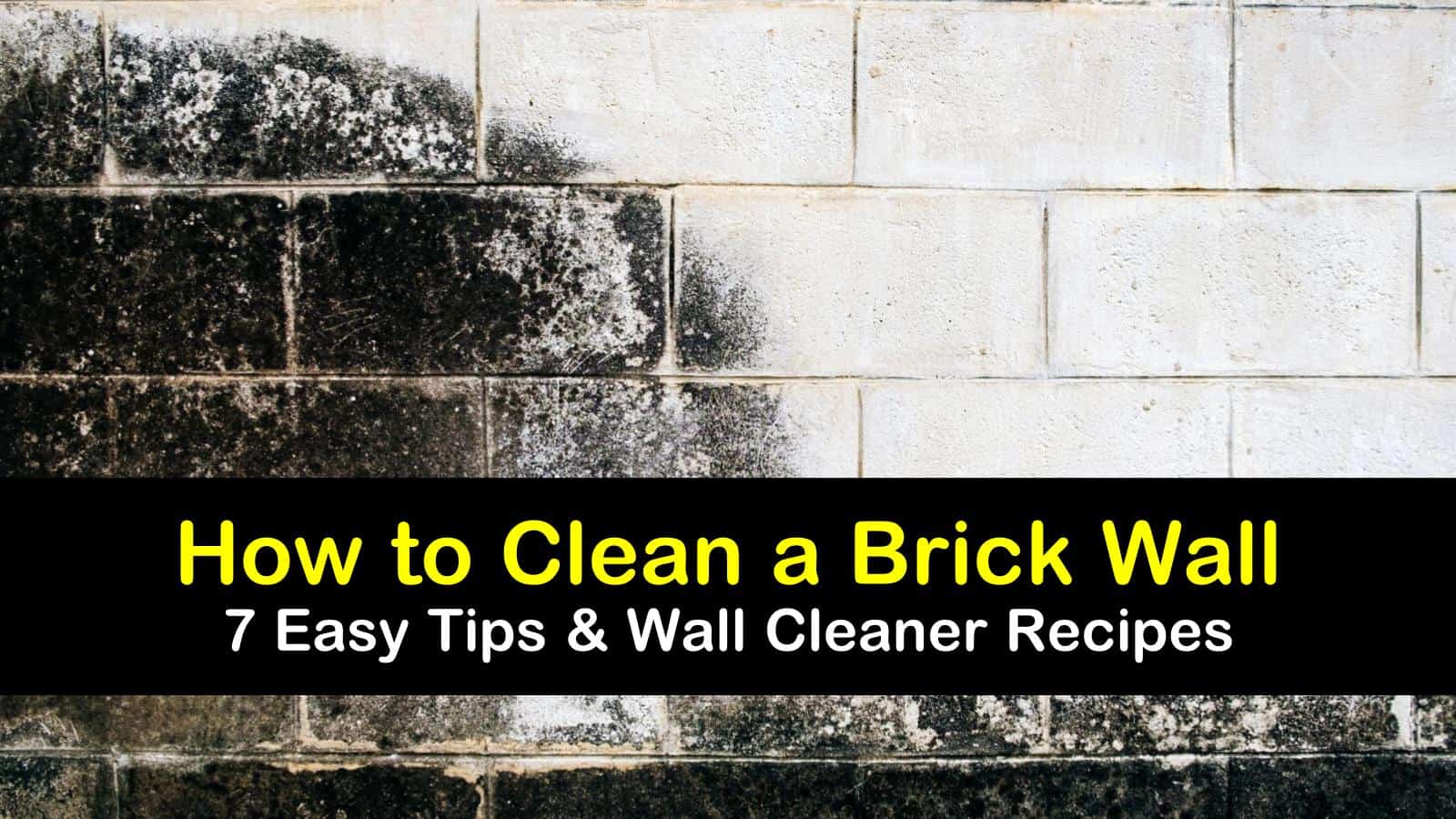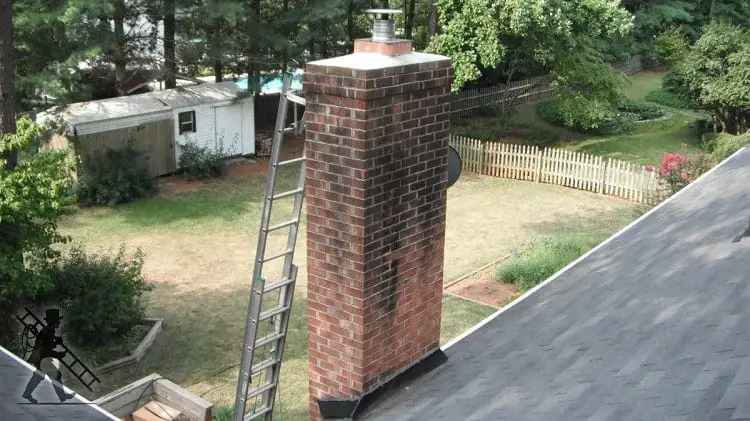A brick fireplace adds warmth and character to any home, but mold can quickly turn it into an eyesore and a health hazard. Mold thrives in damp, dark spaces, and fireplaces, especially those not in regular use, are prime targets. If you’ve noticed black, green, or gray patches on your brick, don’t panic. With the right approach, you can safely remove mold and prevent it from coming back. Here’s a step-by-step guide to restoring your fireplace.
Safety First: Protect Yourself and Your Space
Before tackling mold, safety should be your top priority. Mold spores can irritate your lungs and skin, so wear gloves, a mask, and eye protection. Open windows or use a fan to improve ventilation. If the mold covers a large area (more than 10 square feet), consider calling a professional, as extensive mold can be risky to handle alone.
Next, clear the area around the fireplace. Move furniture, rugs, and decorations away to avoid spreading spores. Lay down old towels or plastic sheeting to catch drips from cleaning solutions. If you’re dealing with soot as well as mold, be extra careful—soot particles can stain walls and fabrics if disturbed.
Finally, choose the right cleaning solution. For light mold, a mix of water and dish soap might work. For tougher cases, distilled white vinegar or a diluted bleach solution (1 cup bleach to 1 gallon of water) can be effective. Avoid mixing cleaners, especially bleach and vinegar, as this can create toxic fumes.
Dry Brushing: Remove Loose Mold and Debris
Start by using a stiff-bristled brush to scrub away loose mold and dirt. A wire brush works well on brick, but be gentle to avoid damaging the mortar. Brush in small sections, working from the top down to keep spores from spreading. If possible, do this outside or with a vacuum nearby to catch falling debris.
After brushing, wipe the bricks with a damp cloth to pick up residual dust. This step helps the cleaning solution penetrate deeper later. If your fireplace has heavy soot buildup, consider using a dry sponge (chemical sponge) first—it’s designed to absorb soot without smearing.
Don’t skip this step, even if the mold seems minimal. Loose spores can spread during wet cleaning, making the problem worse. Dry brushing ensures you’re working with a clean surface before applying any liquids.

Applying the Cleaning Solution
For mild mold, mix warm water with a few drops of dish soap. Dip a scrub brush into the solution and work it into the brick in circular motions. Let it sit for 5-10 minutes before rinsing with clean water. This method is gentle and works well for surface-level mold.
If the mold persists, try white vinegar. Spray or pour undiluted vinegar onto the affected areas and let it sit for an hour. Vinegar is a natural antifungal and can kill about 82% of mold species. Scrub again, then rinse. For stubborn stains, repeat the process.
For severe mold, a bleach solution may be necessary. Apply it with a spray bottle or sponge, but never mix bleach with other cleaners. Scrub gently, then rinse thoroughly. Bleach can discolor brick or mortar over time, so use it sparingly and test a small area first.
Rinsing and Drying the Bricks
After cleaning, rinse the bricks thoroughly with clean water. A spray bottle or damp cloth works well for small areas, while a garden hose (used lightly) can help for larger fireplaces. Avoid soaking the bricks, as excess moisture can encourage mold to return.
Dry the bricks as much as possible with old towels or a wet/dry vacuum. Then, let the fireplace air-dry completely. Use fans or a dehumidifier to speed up the process, especially in humid climates. Proper drying is crucial—mold loves moisture, and leftover dampness can undo all your hard work.
If you notice water pooling in certain spots, check for mortar damage. Crumbling or cracked mortar can trap moisture, leading to recurring mold. Make a note to repair these areas later.
Preventing Future Mold Growth
Once your fireplace is clean, take steps to keep mold from returning. Run a dehumidifier in the room if humidity is a problem. If the fireplace is unused, consider leaving the damper slightly open to improve airflow. Regularly inspect the bricks for early signs of mold and address them quickly.
For added protection, apply a brick sealer after cleaning. Sealers repel moisture and make future cleanups easier. Choose a breathable, penetrating sealer to avoid trapping moisture inside the bricks. Reapply as recommended by the manufacturer.
Lastly, keep the area around the fireplace dry. Fix leaks, improve ventilation, and avoid stacking damp wood nearby. Prevention is easier than repeated cleanings, so a little upkeep goes a long way.
When to Call a Professional
If mold keeps coming back despite your efforts, there may be a hidden moisture issue. Professionals can identify leaks, faulty ventilation, or structural problems that DIY cleaning can’t fix. They also have stronger cleaners and equipment for severe infestations.
Health is another consideration. If anyone in your home has allergies, asthma, or a weakened immune system, professional mold remediation reduces exposure risks. Similarly, if the mold covers a large area (like an entire wall), experts can handle it safely.
Finally, if you’re unsure about damaging historic or delicate brickwork, consult a specialist. Older fireplaces may need gentle cleaning methods to preserve their appearance and integrity.
Can I use hydrogen peroxide to clean mold off brick?
Yes, hydrogen peroxide is a great alternative to bleach. Use 3% hydrogen peroxide, spray it on the mold, let it sit for 10 minutes, then scrub and rinse. It’s less harsh than bleach and doesn’t leave toxic residues. However, test it on a small area first, as it can lighten some brick colors over time.
Will vinegar damage my brick fireplace?
No, vinegar is safe for most brick and mortar. Its mild acidity helps kill mold without harming the surface. However, avoid using vinegar on natural stone (like marble) nearby, as it can etch the finish. Always rinse thoroughly after cleaning.
How often should I clean mold off my fireplace?
It depends on your environment. In damp climates, inspect your fireplace every few months. Clean at the first sign of mold to prevent spreading. With good prevention (like sealing and dehumidifying), you might only need yearly maintenance.
Can I paint over moldy brick to hide it?
Never paint over mold—it will continue growing underneath and worsen the problem. Always clean and dry the brick thoroughly before applying any paint or sealant. Use mold-resistant paint if you decide to cover the brick afterward.
Why does mold keep coming back on my fireplace?
Recurring mold usually means excess moisture. Check for leaks, poor ventilation, or condensation issues. A musty smell or mold on nearby walls suggests a larger humidity problem. Fix the source, not just the symptoms.
Is black mold on brick dangerous?
While “black mold” (Stachybotrys) is less common on brick, any mold can cause health issues, especially for sensitive individuals. Most fireplace mold is allergenic but not toxic. Still, treat all mold with caution—wear protective gear and clean it promptly. If you suspect toxic mold, consult a professional.
How to Get Rid of Fireplace Mold HowToRemoveBlackMold.com
Natural Ways To Clean u0026 Remove Mold From Bricks
Simple Ways to Clean a Brick Wall
How to Get Rid of Fireplace Mold
Related Posts:



